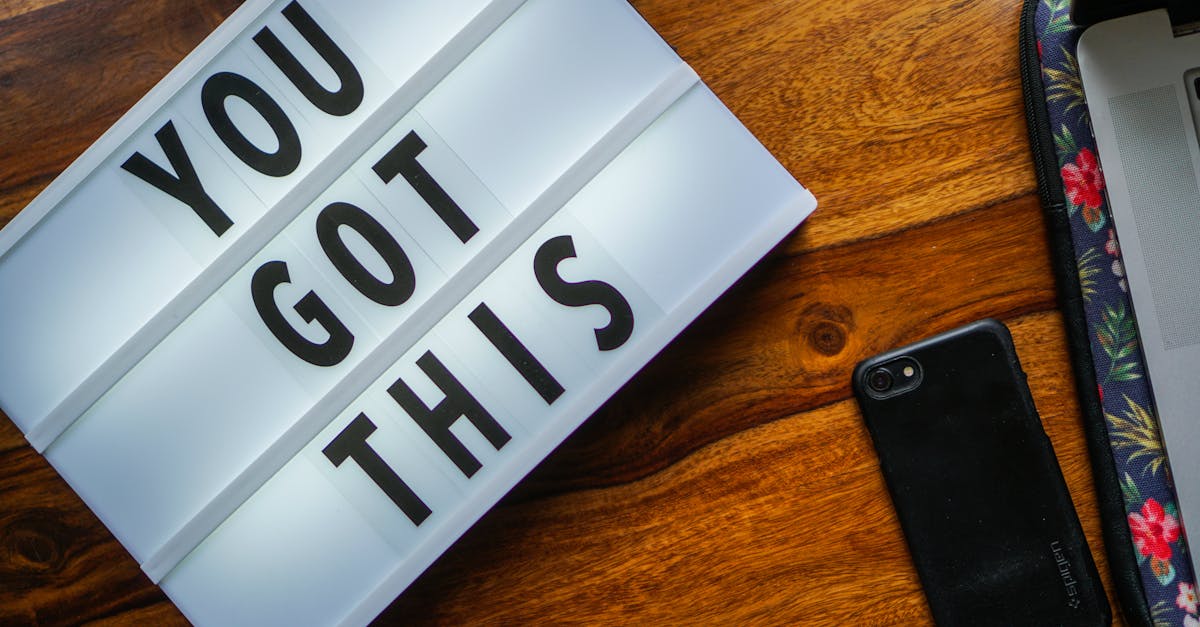Signing documents on an iPhone might sound like a task only a tech wizard could conquer, but it’s easier than finding a cat video on the internet. In a world where paperwork seems to multiply like rabbits, knowing how to sign documents digitally can save time and sanity. Imagine breezing through contracts and forms without the need for a printer or a trip to the post office.
With just a few taps, you can transform your iPhone into a mobile signing machine. Whether it’s a lease agreement or a birthday party invitation (hey, those are important too), signing documents has never been this simple or fun. So grab your device and get ready to unlock the magic of digital signatures—because who knew paperwork could be this snazzy?
Table of Contents
ToggleUnderstanding Document Signing on iPhone
Signing documents digitally on an iPhone streamlines the paperwork process. Users can effortlessly manage various types of documents using built-in tools.
Importance of Signing Documents Digitally
Digital document signing enhances efficiency and saves time. It eliminates the need for printing, scanning, and mailing, which simplifies the workflow. Convenience is a major factor; signing documents on-the-go increases productivity. Organizations benefit from faster turnaround times, allowing quicker decision-making. Additionally, digital signatures enhance document security and provide a clear audit trail. Users experience reduced costs associated with traditional signing methods, making it an appealing option.
Overview of Signing Methods
Several methods exist for signing documents on an iPhone. Apple’s built-in Markup feature allows users to annotate PDF files directly within the Files or Mail apps. Third-party applications, such as Adobe Acrobat Reader and DocuSign, provide advanced signing features and cloud storage options. Users can also utilize digital signatures in applications like Pages and Keynote, ensuring flexibility across different document formats. Various tools enhance user experience, allowing for easy integration with existing workflows.
Using Built-in Tools to Sign Documents
Signing documents on an iPhone using built-in tools offers simplicity and convenience. Users can easily utilize two primary applications: Preview and Mail.
Preview App
Preview allows users to open PDF files and sign them seamlessly. Tap the Markup icon in the upper right corner to reveal a toolbar. Select the signature option to create a new signature using a finger or stylus. When the signature appears, drag it to the desired location on the document. Adjust the size as needed for a perfect fit. After signing, save the document to retain the changes. This method highlights efficiency, enabling quick sign-offs without external apps.
Mail App
The Mail app also supports document signing directly from email attachments. Open the email containing the PDF file, then tap on the document to view it. Use the Markup feature by selecting the pencil icon at the bottom. Create or insert an existing signature as required. Position the signature accurately on the document before saving the signed version. This approach simplifies signing contracts or forms received via email, ensuring users maintain productivity without leaving the Mail app.
Third-Party Apps for Document Signing
Third-party apps offer extensive features for signing documents on an iPhone. Users often prefer these apps for their advanced capabilities and cloud integration options.
Popular Signing Apps
Adobe Acrobat Reader simplifies the signing process with its user-friendly interface. Users can create and save signatures while accessing a range of document types. DocuSign enables secure signing and offers templates, tracking, and compliance features. SignEasy provides quick signing options with support for various formats. PandaDoc includes collaboration tools, allowing users to share documents seamlessly.
Comparing Features and Usability
Apps differ in usability and feature sets. Adobe Acrobat Reader stands out for robust editing capabilities. DocuSign excels in security and compliance, making it a preferred choice for businesses. SignEasy offers a streamlined process that enhances speed. PandaDoc features collaborative tools, beneficial for team environments. Users often find interface simplicity crucial when selecting an app, impacting their overall experience.
Tips for a Seamless Signing Experience
Signing documents on an iPhone can be made even more efficient with a few essential tips. Key practices enhance productivity and create a smoother experience.
Best Practices for Digital Signatures
Always use a steady hand when creating your signature on the touchscreen to ensure clarity. Choosing a well-lit area helps with visibility, making it easier to draw a precise signature. Experimenting with different apps may lead to discovering one that fits personal preferences best. Many apps offer options like saved signatures and quick retrieval, simplifying the signing process further. Consider reviewing the document for accuracy after signing to confirm the signature’s placement and legibility.
Ensuring Document Security
Employ secure apps that offer encryption to protect sensitive information within documents. Using two-factor authentication can significantly enhance security when accessing digital signature services. Regularly updating apps reduces vulnerability to potential threats. Never share your passwords or access codes to maintain control over personal documents. Always log out from applications after use, especially when handling confidential material, to prevent unauthorized access. Following these practices fosters a secure signing environment on an iPhone.
Conclusion
Embracing digital signatures on an iPhone transforms the way users handle documents. The convenience of signing directly from a device eliminates the hassle of printing and mailing. This not only saves time but also enhances productivity for individuals and organizations alike.
With various tools available including built-in features and third-party apps, users can find methods that suit their needs. By prioritizing security and usability, signing documents becomes a seamless experience. Adopting these digital solutions allows for efficient document management while ensuring sensitive information remains protected. Users can confidently navigate the world of digital signatures and enjoy the benefits of a paperless approach.



